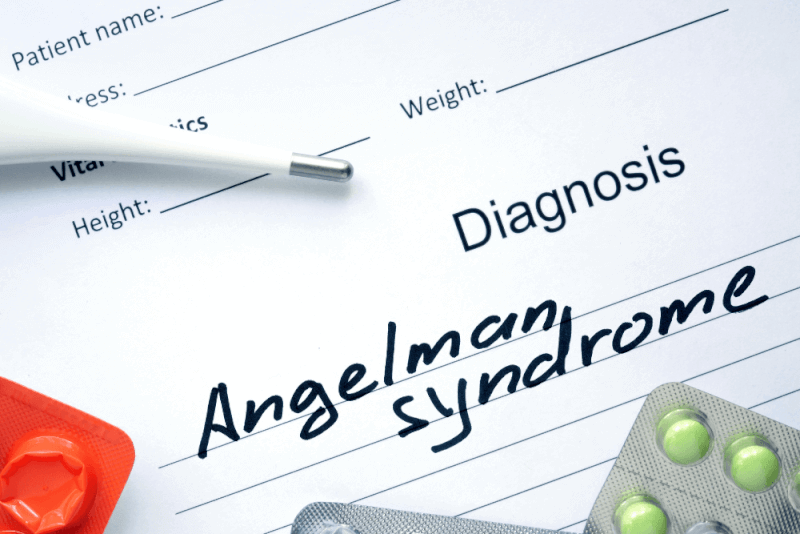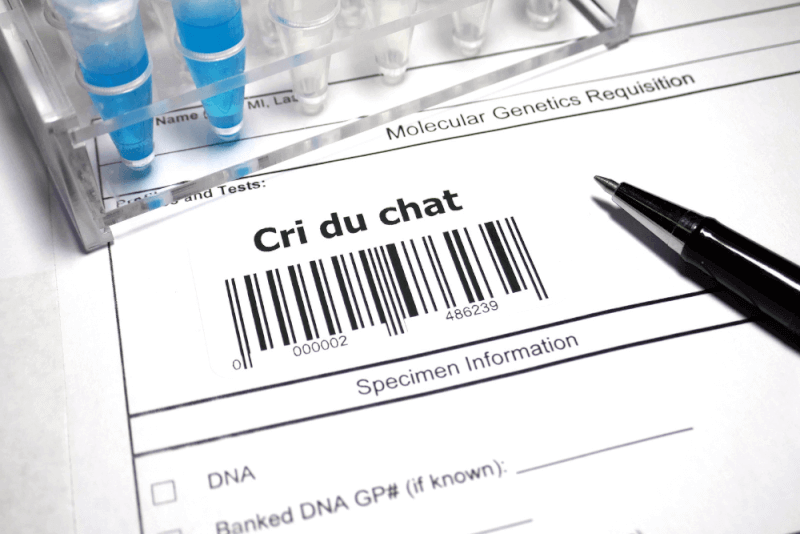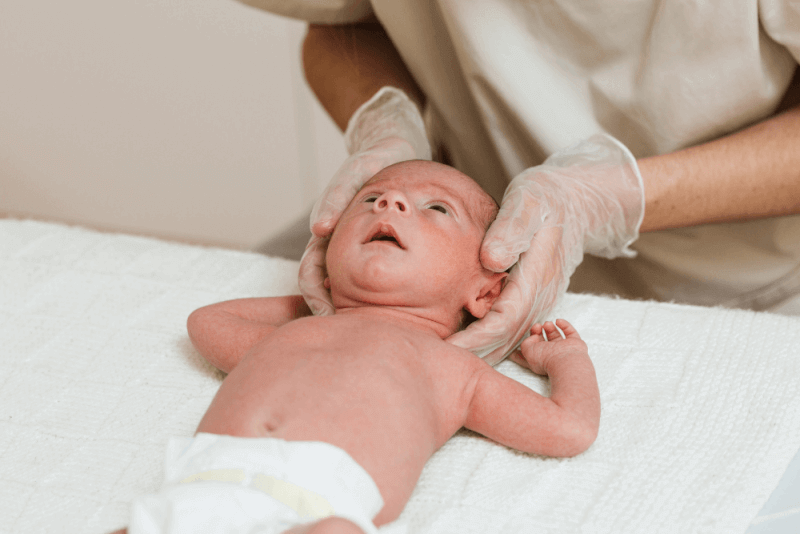What is Angelman syndrome?
Angelman syndrome is a rare and complex neurodevelopmental health problem that affects the nervous system. It is caused by issues with a specific gene known as UBE3A during fetal development.
The characteristic features of patients with Angelman syndrome, which causes neurodevelopmental delays, include the following.
- Seizures
- Developmental delays, typically noticed in infants between 6-12 months
- Movement and balance problems
- Intellectual disability
- Inability to speak or limited speech
Children with Angelman syndrome are generally happy and excited. As a result, they often smile and clap their hands.
Although it is a rare disease, Angelman syndrome can affect all infants because the gene mutation occurs randomly. Therefore, it is not inherited from the biological parents. Both boys and girls are equally affected, occurring in approximately 1 in 12,000 to 20,000 births.
Although some conditions in Angelman syndrome may resemble and share characteristics with autism spectrum disorder, Angelman syndrome is not classified as an autism spectrum disorder.
Symptoms of Angelman syndrome
The symptoms of Angelman syndrome vary from person to person. Common symptoms include the following.
- Developmental delay
- Ataxia
- Learning disabilities
- Clumsiness
- Walking difficulties such as a wide-based gait
- Inability to speak or speaking only a few words
- Seizures
Children with Angelman syndrome have common facial features. These features include the following.
- Short and wide head
- Wide-spaced teeth
- Abnormally large tongue that may protrude from the mouth
- Wide mouth
- Abnormally small head
- Prominent chin
The common behavioral characteristics of children with Angelman syndrome include the following.
- Happy and excitable demeanor
- Love for water
- Frequent smiling
- Sleeping difficulties
- Less need for sleep compared to other children
- Frequent hand-flapping movements
- Hyperactivity
- Short attention span
As individuals with Angelman syndrome age, they tend to show less excitement and require more sleep.
Treatment for Angelman syndrome
Angelman syndrome occurs due to genetic changes in the UBE3A gene. These changes lead to a loss of function of the gene. The genetic changes occur in the early stages of fetal development.
Under normal conditions, every person has the UBE3A gene from both the mother and the father. This gene is active in many tissues of the body. However, in the brain, only the gene inherited from the mother is active.
If there is any chromosomal change or mutation in the mother's copy of this gene, the active copy of the gene is absent in certain parts of the brain. This leads to neurodevelopmental problems.
Angelman syndrome occurs due to the lack or inactivity of the UBE3A gene in certain areas. This accounts for approximately 70% of cases. In about 11% of cases, Angelman syndrome is caused by structural changes in the gene.
These genetic changes are not inherited from the mother or father. However, in some cases, Angelman syndrome occurs because the child does not receive normal copies of chromosome 15 from their biological parents. In about 15% of cases, the cause of Angelman syndrome is unknown.
Diagnosis criteria for Angelman syndrome
The symptoms of Angelman syndrome are not usually evident at birth. The condition is typically diagnosed between 1-4 years of age. However, it is possible to diagnose the condition earlier if the symptoms are severe.
If there are other health conditions that resemble Angelman syndrome, diagnosis can be more challenging. The health conditions that resemble Angelman syndrome include the following.
- Autism spectrum disorder
- Cerebral palsy
- Mowat-Wilson syndrome
- Christianson syndrome
- Pitt-Hopkins syndrome
- Prader-Willi syndrome
- Phelan-McDermid syndrome
The only way to diagnose Angelman syndrome is through genetic tests that identify changes in the UBE3A gene. It is possible to diagnose Angelman syndrome before and after birth. Before birth, ultrasound imaging is used to identify fetal development delays.
Studies on the subject show that non-invasive prenatal screening has a high accuracy rate in diagnosing Angelman syndrome before birth. This test identifies the risk of babies being born with certain abnormalities. A blood sample from the mother is sufficient for the examination. DNA fragments in this sample are analyzed.
After birth, Angelman syndrome is diagnosed in children aged 1-4 years. If developmental delays suggestive of Angelman syndrome are present, further tests are conducted to confirm the suspicion. These tests include the following.
- Missing chromosome or chromosome piece
- Changes in the UBE3A gene inherited from the biological parents
- Changes in the child's UBE3A gene that stop it from functioning
If a child is diagnosed with Angelman syndrome, it is important to identify the cause of the change to determine if future children in the family might also have Angelman syndrome.
Additional tests may be requested to help with the diagnosis and identify other possible health issues. These tests include the following.
- EEG to measure and record electrical signals in the brain
- Sleep study to diagnose sleep problems common in children with Angelman syndrome
Treatment for Angelman syndrome
There is no cure for Angelman syndrome. However, managing the symptoms of Angelman syndrome is crucial. This requires a coordinated effort from a team of specialists, including the following experts.
- Pediatricians
- Speech-language pathologists
- Neurologists
- Behavioral therapists
- Occupational and physical therapists
- Nutritionists
- Gastroenterologists
The methods used to manage the symptoms include the following.
- Anticonvulsant medications for children experiencing seizures
- Physical therapy to support posture, balance, and walking difficulties and prevent joint stiffness
- Use of ankle or foot supports to assist with walking
- Behavioral therapy and a strict bedtime routine to address sleep disorders
- Behavioral therapy to modify unwanted behaviors
- Use of communication devices such as sign language and special computers to aid learning and social communication
Risks associated with Angelman syndrome
The complications that may arise due to Angelman syndrome include the following.
- Feeding problems
- Hyperactivity
- Sleep disorders
- Spinal curvature
- Obesity
How to help children with Angelman syndrome
To help care for children with Angelman syndrome, consider the following points.
- Administer any prescribed medication regularly as directed by the doctor
- Ensure the child receives developmental evaluations, physical, and occupational therapy
- Attend all medical follow-up appointments
- Children with Angelman syndrome will have movement and behavior issues throughout their lives. They will also need assistance with daily tasks.






